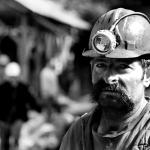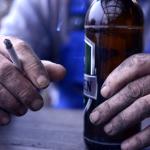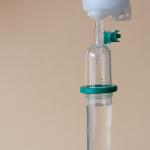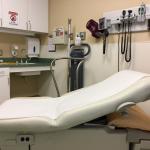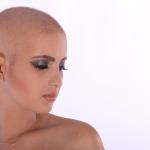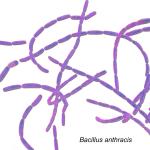The long view
This winter, we experienced new highs in cases but not in deaths, similarly, across all regions. [1]
Disease
“I have not hitherto met with the record of any similar affection; and partly with a view of calling the attention of those practitioners who reside in the vicinity of the great coal mines, and who may have charge of the
Most health outcomes studies have a laundry list of covariates, e.g., age, gender, co-morbidities, and socioeconomic factors, all statistically adjusted to provide outcomes. But are all those co-variants equal?
Let me say this right at the start; the study involves a food questionnaire given many years ago at the beginning of the research. The sampling of the blood’s inflammatory markers was at the same time as the food survey.
Disparities in managing chemotherapy
Before we get started, no – the German man who was recently arrested for selling phony vaccination cards – does not have multiple heads. That's just a lousy metaphor and shameless clickbait.
Full disclosure: I am not an impartial observer of this disease; I have suffered with it for the last 16 years, so I have great empathy for Jade Pickett Smith.
The answer is in the soil: a ubiquitous, spore-forming bacteria called Bacillus anthracis. B.

